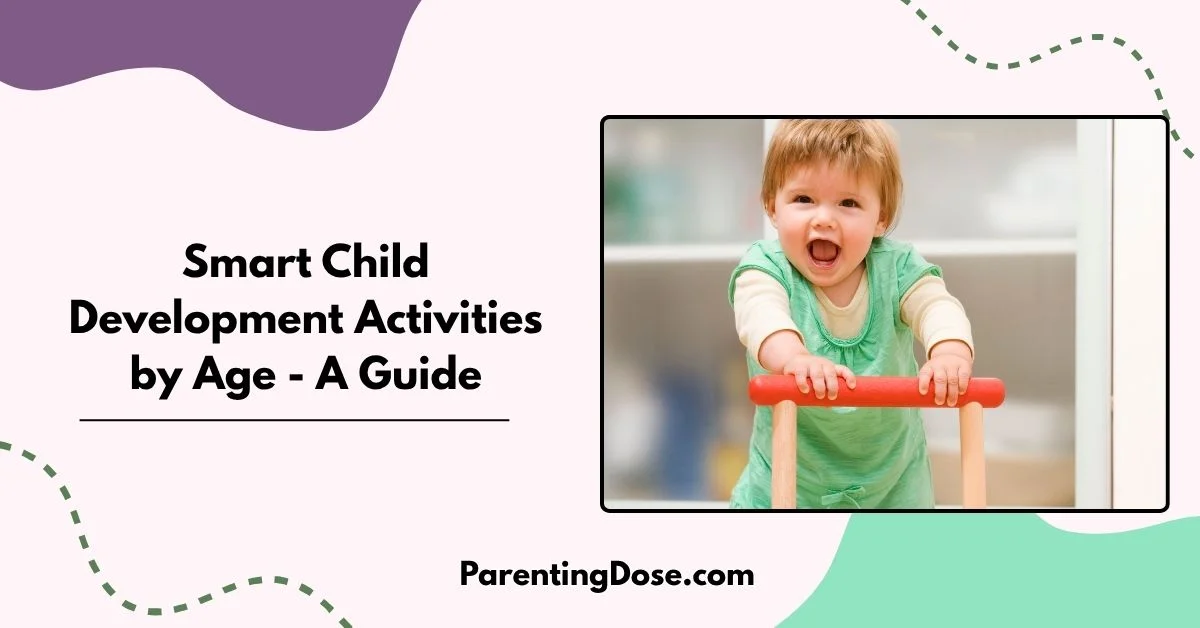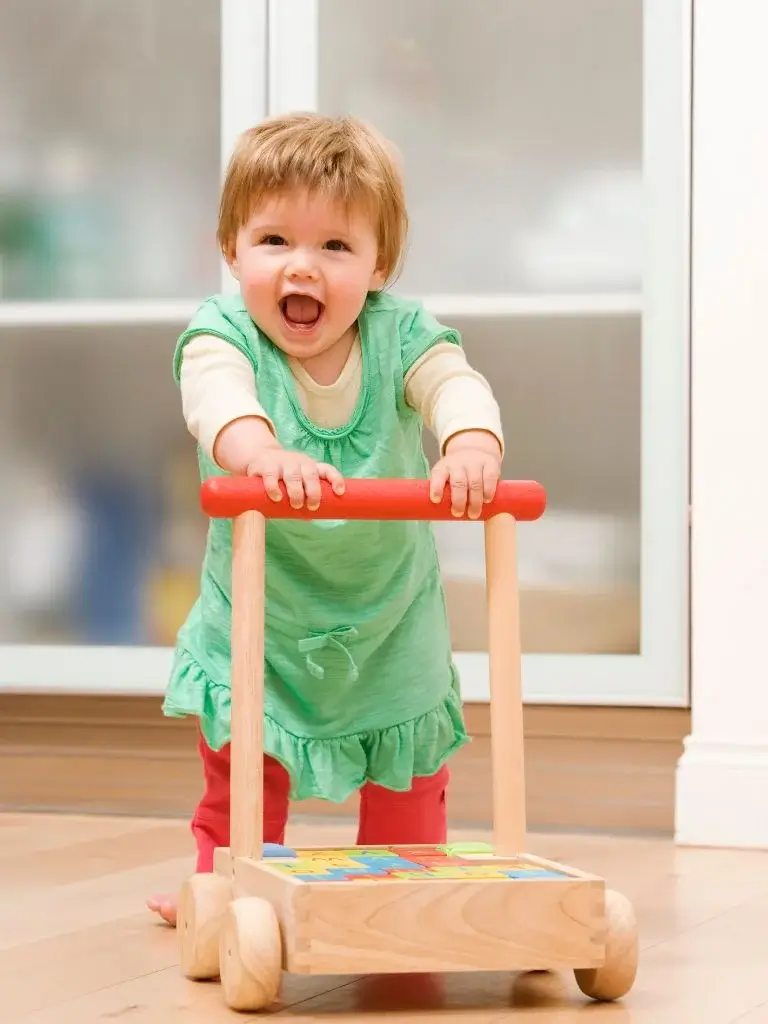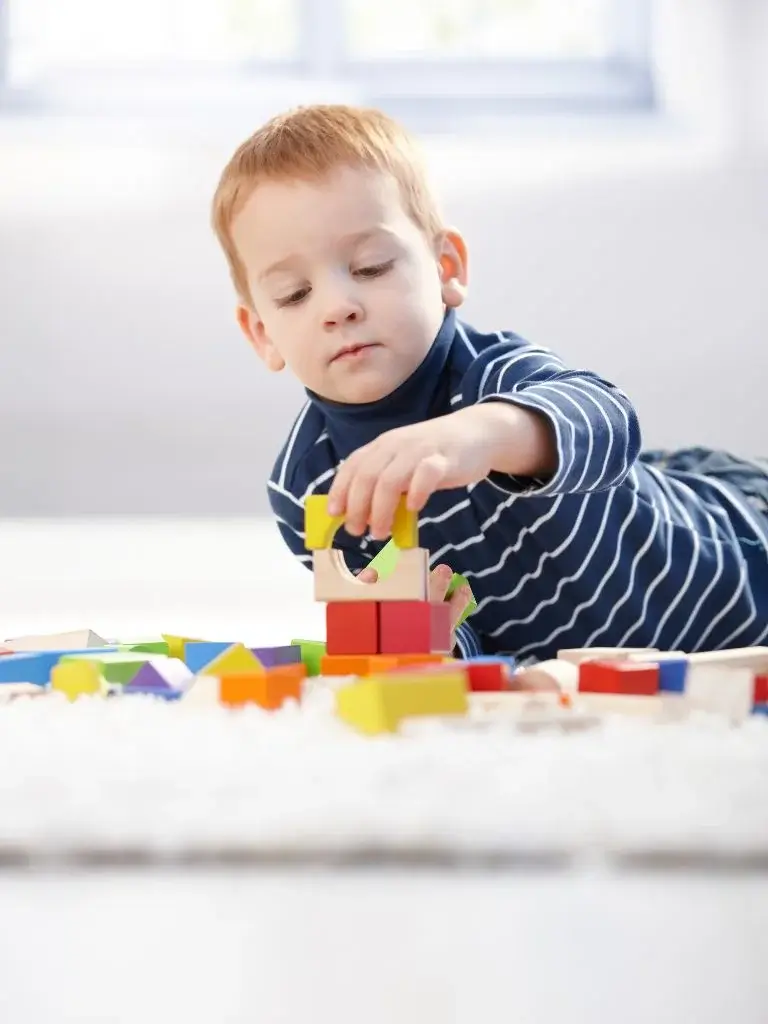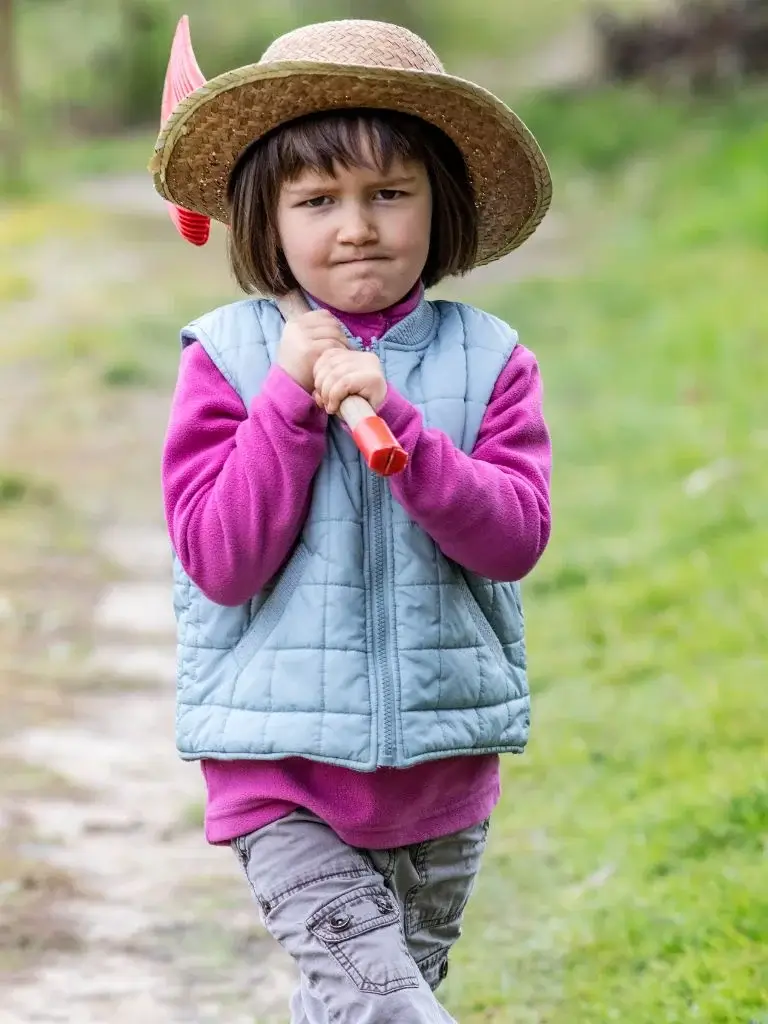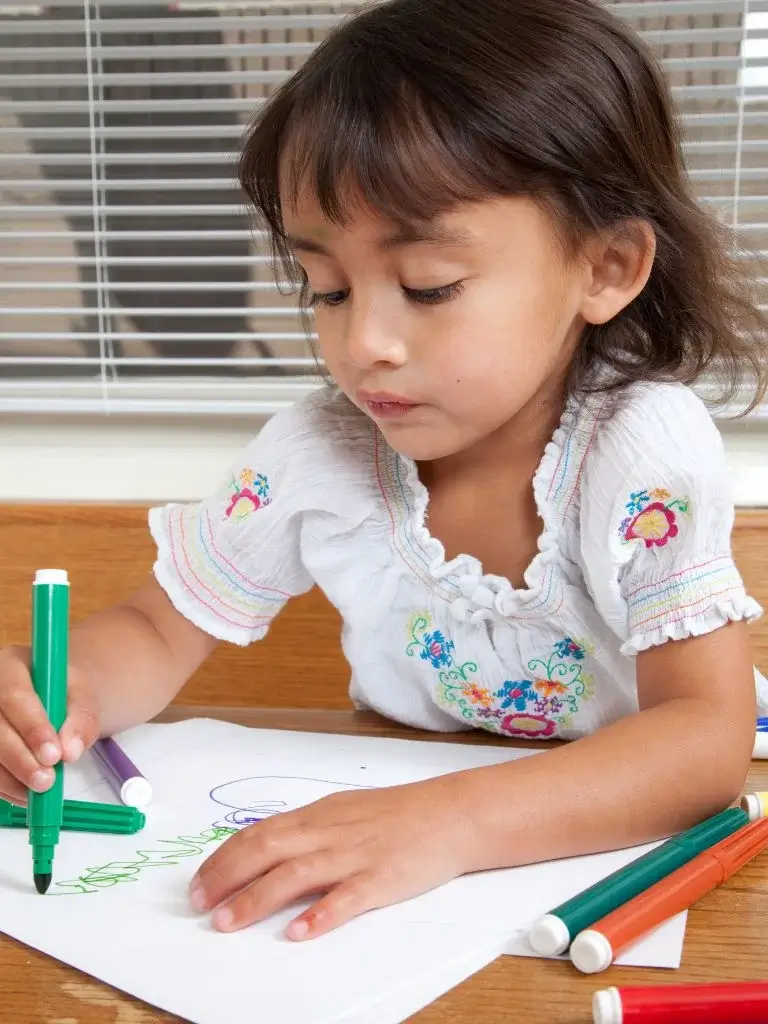Every mom has asked herself at some point: “Am I doing enough to help my child grow?” I know I have—more times than I can count. Between the mess, the milestones, and the meltdowns, it’s easy to feel overwhelmed by all the things we should be doing.
But here’s the good news: meaningful child development doesn’t require a perfect routine or a shelf full of fancy toys.
It happens in the everyday moments. In the stories we read for the tenth time. In the spilled sensory bins. In the backseat car conversations and the tickle fights before bed.
I’ve put together age-specific, easy-to-try activities that fit into real life. Not your ideal life. Your real one.
Newborn to 6 Months: Building Bonds and Senses
Those first few months are a blur of feedings, diaper changes, and desperately trying to figure out how to sleep with one eye open. But it’s also a crucial time for sensory development and emotional bonding.
Activities that nurture:
- Tummy Time: A few minutes a day strengthens neck and shoulder muscles and prepares your baby for crawling.
- High-Contrast Toys: Black-and-white or bold-colored toys help stimulate baby’s vision in those early months.
- Talking and Singing: Your voice is their favorite sound. Sing lullabies, narrate diaper changes, and whisper sweet nothings. It boosts language development!
- Gentle Baby Massage: A calming way to connect, improve circulation, and aid digestion.
- Soft Music Time: Play calming classical or lullaby music and gently sway with your baby. It stimulates auditory development and builds emotional connection through rhythm and movement.
I used to sing the same lullaby on repeat, thinking it was silly. Now my toddler still asks for it at bedtime. Your voice is magic, mama.
6 to 12 Months: Crawling, Grabbing, Exploring!
Welcome to the age of curiosity! Babies become tiny explorers, reaching for everything and testing cause and effect (read: dropping everything off the highchair).
Development-boosting activities:
- Peekaboo: Helps with object permanence—plus, those baby giggles? Instant serotonin.
- Stacking Cups or Soft Blocks: Great for hand-eye coordination and fine motor skills.
- Sensory Bags: Fill ziplock bags with squishy stuff (gel, rice, water beads) for mess-free sensory play.
- Mirror Play: Let baby look at their reflection—boosts visual tracking and self-awareness.
- Treasure Basket Exploration: Fill a shallow basket with safe, everyday objects of different textures (wooden spoon, soft cloth, silicone teether). Let your baby explore under your watch. It encourages curiosity, tactile learning, and hand control.
I once made a sensory bag filled with hair gel and glitter. My daughter squished it for five seconds and then chewed the corner. Lesson: supervise everything. Always.
1 to 2 Years: Wobbly Walkers and First Words
This is when everything speeds up. First steps, first words, and a whole lot of “no!”
Fun and purposeful activities:
- Dancing Together: Boosts gross motor skills and is the perfect excuse to get silly.
- Simple Puzzles: Encourages problem-solving and fine motor development.
- Outdoor Nature Walks: Let them touch leaves, watch ants, or throw pebbles. Nature is the best sensory classroom.
- Reading Touch-and-Feel Books: Combines sensory play with early literacy.
- Ball Rolling or Kicking: Sit on the floor and roll a soft ball back and forth, or encourage gentle kicks. This improves coordination, balance, and builds those early gross motor skills.
It’s okay if your “nature walk” is just around the block. Fresh air counts. So does chasing a pigeon.
2 to 3 Years: Imagination and Independence
Independence blossoms here, and tantrums often come along for the ride.
Brain-boosting ideas:
- Pretend Kitchen or Dress-Up Corner: Encourages creativity and social-emotional skills.
- Sorting Games: Use everyday items to teach colors, shapes, and sizes.
- Water Play: Cups, spoons, and a tub of water = hours of fun and early science learning.
- Play Dough Time: Squeeze, roll, and sculpt for endless fun and fine motor skills.
- Sticker Play: Provide a sheet of stickers and a blank notebook. Peeling and sticking helps with fine motor skills and gives them creative freedom with minimal mess.
My son “cooked” me a broccoli and sock soup in his toy kitchen. I ate every imaginary bite like it was gourmet. It’s not just play—it’s connection.
3 to 4 Years: Little Storytellers and Big Emotions
Preschoolers have big vocabularies and even bigger feelings. They’re learning how to express themselves, negotiate with friends, and ask about everything under the sun.
Engaging activities:
- Storytime and Puppet Shows: Enhances language and emotional expression.
- Simple Science Experiments: Baking soda + vinegar = best day ever.
- Obstacle Courses: Indoors or out, these improve coordination and confidence.
- Emotion Matching Games: Use pictures or flashcards to help them recognize and label different feelings.
- Build-a-Story Game: Take turns adding a line to a made-up story. “Once upon a time, there was a cat who…” This builds language skills, imagination, and gives lots of laughs along the way.
Sometimes I narrate our whole day like a storybook character just to make cleaning up more fun. “And then Princess Mama bravely faced the Mount Everest of laundry…”
4 to 5 Years: Pre-K Prep and Social Smarts
At this stage, kids start to really engage with peers and follow more structured learning. But play is still their number one way to learn!
Developmental play ideas:
- Board Games for Kids: Teaches turn-taking, patience, and rule-following.
- Crafting with Purpose: Let them cut, glue, and create. It builds fine motor skills and confidence.
- Simple Chores: Give them small tasks. It nurtures responsibility and belonging.
- Pattern Play with Beads or Blocks: Builds early math skills and visual memory.
- Shadow Tracing: On a sunny day, have them trace the shadow of their favorite toy with chalk. Teaches observation skills and blends outdoor time with a bit of creative learning.
When my daughter folded a dish towel like a napkin and declared it a “blanket for her fairy,” I realized even chores could be magical.
5 to 6 Years: Confidence, Curiosity, and Big-Kid Energy
These little humans are officially kids now. Their learning style is more focused, their questions more complex, and their energy? Still boundless.
Smart and fun activities:
- Story Writing or Comic Drawing: Encourages literacy and creativity.
- Scavenger Hunts: Indoors or out, it fuels curiosity and problem-solving.
- Mindful Moments: Teach basic breathing or gratitude games to help emotional regulation.
- Building Projects with LEGO or Magnatiles: Inspires problem-solving and early engineering skills.
- Simple Cooking Together: Let them help stir, pour, or measure ingredients while you cook (think: pancakes or smoothies). It’s math, science, motor skills, and life skills in one — plus, bonus bonding time.
Final Thoughts:
Some days will be all glitter glue and giggles. Other days will end in tears (maybe yours). Both are normal. You don’t need a perfect routine or a degree in child psychology to raise an amazing human. You just need to show up. And you already are.
So pin these ideas, save the ones that spark joy, and let the rest go. Your child doesn’t need the “best activities ever.” They just need you.
And mama? That’s more than enough.
